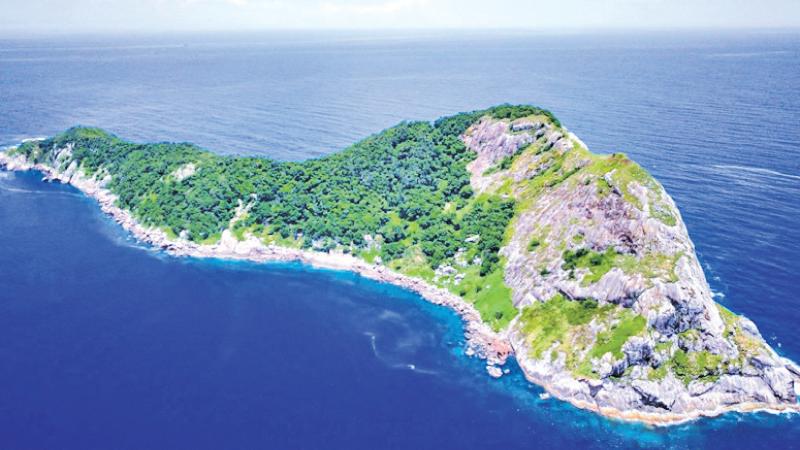
“Ilha da Queimada Grande” or Snake Island is one of the most snake-filled islands in the world. An island belonging to Brazil is on the coast facing the Atlantic Ocean and administered by the municipality of Itanhaém in the state of São Paulo. Small in size, the territory of this island is in a variety of ways, from scattered rock fragments to rain forests. All parts of the island generally have a temperate climate.
It is only on this island that the species of viper known as the Golden Lancehead, which consumes birds that are critically endangered in the Red Data Book, can be seen. The story behind the creation of this island, which is home to many other species of snakes, is also wonderful.
It was connected to the land about 11,000 years ago and has become a separate island due to the gradually rising water level, trapping the snakes that lived there. Thus, the snakes trapped in the island have rapidly grown in number and adapted to their new surroundings. This is due to the absence of ground level predators on the island.
Venomous snakes
In the island full of snakes, not only the predators but also the preys at the ground level were not seen. As a result, the snakes that live here have gradually evolved in such a way that they can quickly catch and consume migratory birds flying over the island. As a result, the golden lancehead viper, endemic to Brazil’s snake paradise, has become a highly venomous snake.
Ilha da Queimada Grande is prohibited for local and foreign tourists due to the highly venomous snakes that live there, as well as to protect the rare species of snakes. Access to the island is limited to the Brazilian Navy, researchers from the Chico Mendes Institute for Biodiversity Conservation, and the Brazilian Federal Conservation Unit.
This island is in the Atlantic Ocean, about 33 kilometres from the coast of Sao Paulo. Its total area is 430,000 square metres (110 acres). It is 206 metres above sea level. Ilha da Queimada Grande has a milder climate compared to the neighbouring island of Nimere. About 0.25 square kilometres of the island is covered by rainforest and the rest of the land consists of barren land. The average temperature on the island in August is 18.38°C and by March it rises to 27.28°C. The average rainfall on the island ranges from 0.2 mm to 135.2 mm.
Barren land
This island, which had a high diversity of plants, later became a barren land scattered with rocks as a result of deforestation. Also, the name Ilha da Queimada Grande is given to the island for the same reason. The Portuguese word ‘queimada’ refers to the cutting down and burning of trees, and in the early 20th century, a failed attempt by the natives to clear the serpentine swamp to grow bananas left it a wasteland.
A lighthouse was built on the island in 1909 to guide ships, and later it was made to operate automatically, and the last inhabitant of the island left it. An environmental trust was established in 1985 to protect the island and only authorised people can enter it with their knowledge. Although many people, particularly local and foreign tourists are willing to visit this island for an adventurous experience, they are not being granted permission as the authorities are committed to protecting the biodiversity of the island.
